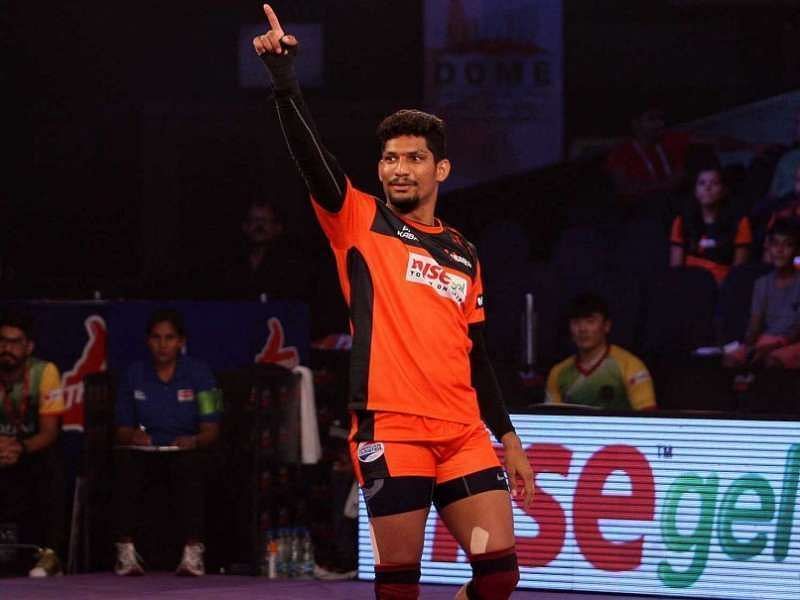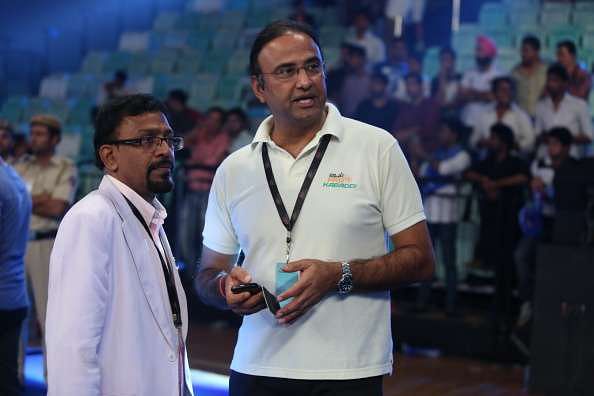
Can Kabaddi become as popular as Cricket in India? Hell yeah!

In many circles, the Prudential World Cup of 1983 is believed to be the turning point in Indian cricket. It is said that a country with little interest in limited overs cricket before the event got addicted to it once Kapil Dev’s men stunned defending champions West Indies in the final at the mecca of cricket, Lords. There is a lot of truth to it but there is a substantial amount of gaslighting too which has only embedded this slightly true version in the public conscience with every retelling.
If winning a World Cup was to elevate the game to such a cult status, Kabaddi would have been there far ahead of cricket today. So what gave cricket its cult status in India actually?
A more appropriate question would be ‘who’ made cricket the game it is today in India? No, it wasn’t the talismanic leader Kapil Dev and nor was it the maverick all rounder and man of the match in the final of the 1983 World Cup Mohinder Amarnath. In fact, it was a man sitting well inside the dressing room when the Indian team along with the Lord's crowd went amok on India’s victory on that evening.
It was the then team treasurer Jagmohan Dalmiya. It was the man from Bengal whose brain turned the game into a cash churning cow. Dalmiya sensed the potential of the game and with IS Bindra alongside him, fought tooth and nail in the 1984 ICC meeting to secure the next World Cup of 1987 in the subcontinent, much to Australia and England’s chagrin. And once the Indians were given the game in the biggest of cups, there was no chance they were going to leave it. And that began cricket’s journey in India to reach the status it has.
Also read: Pro Kabaddi League 2017 Season 5: The amazing story of Kabaddi's shift from mud to mat
Charu Sharma: The Dalmiya of Kabaddi

Kabaddi had its Jagmohan Dalmiya in Mashal Sports director Charu Sharma. Sharma, a TV personality with some credibility and years of close association with sports, turned Kabaddi into a glitzy affair that hits the TV screen twice a year in the form of Pro Kabaddi League. And if the growth of Kabaddi is anything to go by in the past few years, Sharma is the best thing to have happened to the game. While there are still mountains and oceans for it to cross to reach where cricket is in 21st century India, with Pro Kabaddi, it surely has put itself in the right direction.
Before Pro Kabaddi League, Kabaddi’s appeal was limited largely to rural parts of the country. Pro Kabaddi successfully managed to bring it to Tier III and Tier II cities and now it has skyrocketed to take the second spot in terms of TV viewership, obviously after cricket. Just like Sachin Tendulkar happened at the right time for the Indian cricket, with a post liberalised society looking up to a young man with a curly mop to reflect their aspirations in a globalising world, Pro Kabaddi also has happened at the right time for the sport.
The metropolitan cities had their time and now it’s the tier II and tier III cities of the country that are slowly creeping up the ladder. They’re well connected and with greater exposure to the world outside, their dreams are growing bigger as well. And it’s good news for Kabaddi as a sport too, for so many stars of the game hail from those cities and seeing them succeed on national television gives a boost to the ego of those from the same cities wanting to rise up in their lives.
Cricket with its set of uber polished cricketers speaking fluent English from their debut appearance is losing the raw charm it possessed a couple of decades ago. Kabaddi, on the other hand, has struck a chord with the non-English speaking populace who are more connected today than ever and, as the attendances of the venues of the Pro Kabaddi matches suggest, are lapping it up.
Also read: Pro Kabaddi League 2017 Season 5: Akshay Kumar set to become Bengal Warriors co-owner
Numbers don't lie
In fact, Season 4 of PKL witnessed higher ratings than IPL in three states – Maharashtra, Karnataka and Andhra Pradesh – that is 41% as compared to IPL’s 21%,” according to Star’s internal analysis. Besides, the short and thrilling nature of the sport has already it pushed it higher on the popularity charts in the urban centres.
And it is not just Pro Kabaddi with all its colour and glamour that is doing great. Kabaddi as a sport is seeing a never-before surge in popularity. According to BARC’s TV viewership data, the 2016 Kabaddi World Cup clocked a whopping viewership of 114 million spanning across the 33 matches played between 12 countries for 16 days. In fact, the final between Indian and Iran garnered a total viewership of 20.3 million, which was higher than any other non-cricket sporting event 2016.
Numbers don't lie and the truth is that they are great for Kabaddi and it is these numbers that are driving the investors to the game. Vivo became the title sponsor of IPL last year and choose to add PKL also to their ever expanding list of investment in sports.
It is early days for Pro Kabaddi and sooner or later, the league will also throw up more icons and characters that will get more and more people hooked to it. The rags to riches stories of the players are already getting churned out every day to keep the average Indian interested. The contests on the mat are anyway riveting.
All in all, for anyone who has seen the rapid rise of the sport in the past five years, he has every reason to believe that sky isn’t the limit for Kabaddi and it’s only a matter of time before it makes Cricket, enjoying its long stay at the top of the ladder for a long time, its presence felt.
Also read: Pro Kabaddi League 2017 Season 5: From rugby in Australia to kabaddi in India, the story of Bengal Warriors' Amaresh Mondal